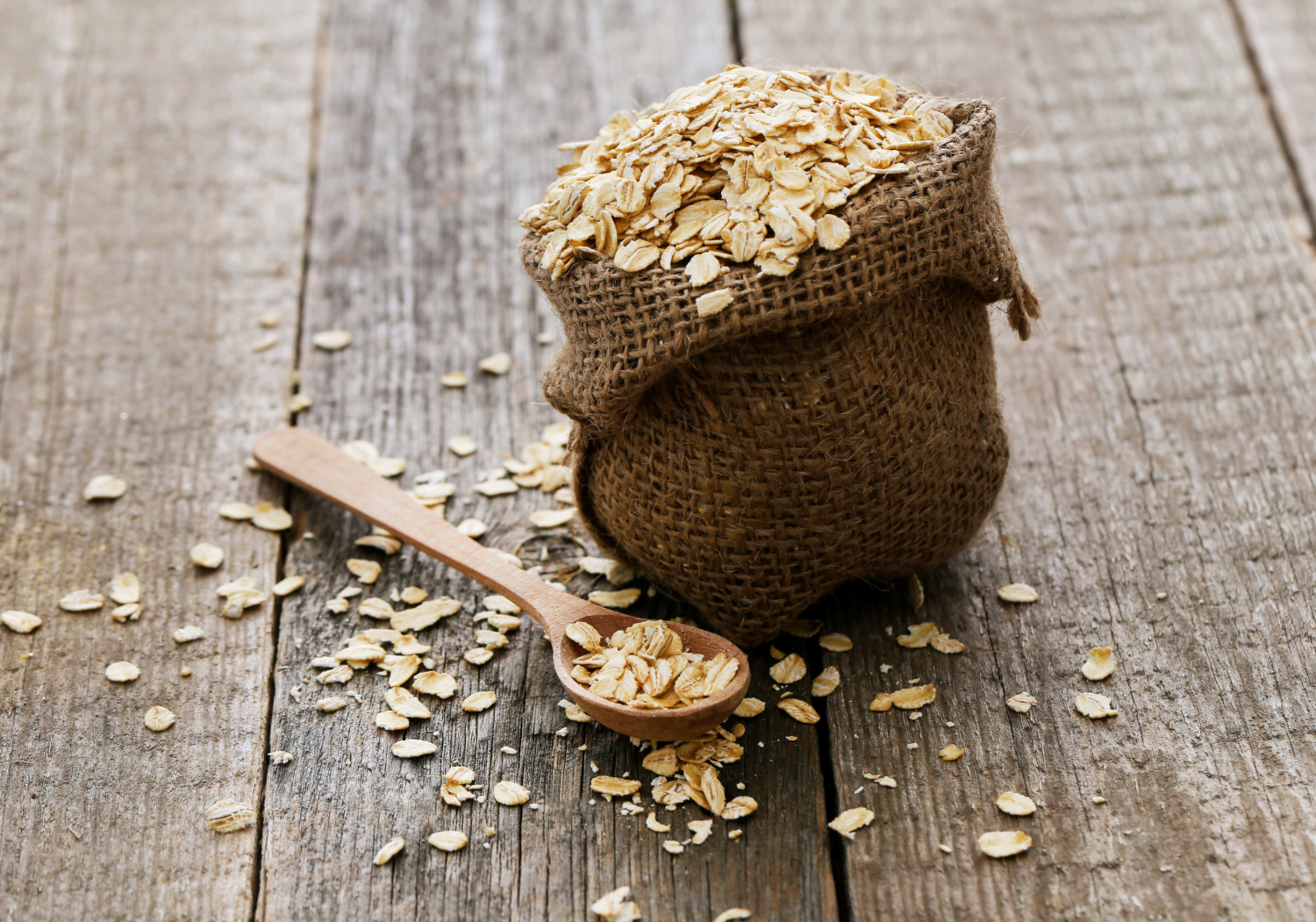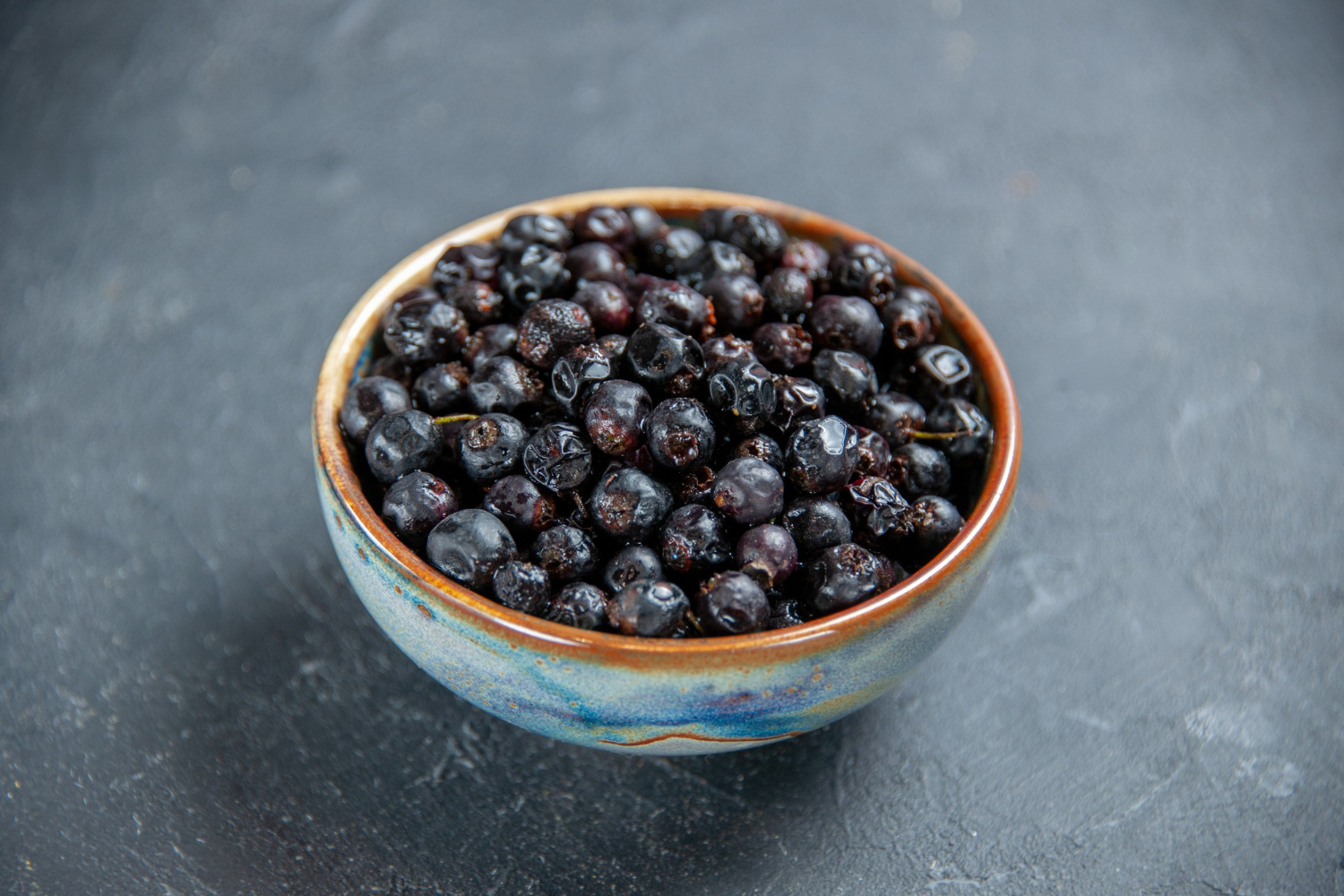Pea Fiber – 5 Uses in the Meat Industry
Pea fiber is becoming increasingly popular in the food industry, especially in the meat industry, where it is used as a functional ingredient. It is a natural additive that positively affects the texture, stability and nutritional value of meat products. In this article, we will take a closer look at the role of pea fiber in meat processing, its applications and the benefits it brings to producers and consumers.
What is pea fiber?
Pea fiber is a product obtained from pea seeds (Pisum sativum). In the production process, starch and proteins are removed, leaving a highly concentrated fiber. This composition is characterized by a high content of dietary fiber, including both soluble and insoluble fractions, which are of significant importance for food production technology. In addition, pea fiber contains some amounts of proteins and minerals, which makes it a valuable component of the diet.
Application of pea fiber in the meat industry
In the meat industry, pea fiber has a number of important functions. One of the key applications is improving the texture of meat products. Thanks to its hydrophilic properties (the ability to retain water), pea fiber can increase the juiciness and softness of products, which is particularly important in the case of products with reduced fat content.
-
Increasing water-binding capacity
Pea fiber has a high capacity for water absorption, which makes it an ideal ingredient used to increase the efficiency of meat products. The introduction of pea fiber to the recipe allows for binding more water, which results in an increase in the mass of the final product and an improvement in its structure. Thanks to this, producers can achieve better economic results without compromising the quality of meat products.
-
Fat reduction
Another aspect of the use of pea fiber is the possibility of reducing the fat content in meat products. The modern food market is striving to offer healthier nutritional options, and pea fiber, thanks to its ability to improve the structure of meat products, can replace part of the fat in the recipe. This allows for a reduction in the caloric content of products, which is increasingly desired by health-conscious consumers.
-
Improvement of thermal stability
Pea fiber also affects the thermal stability of meat products, which is important during heat treatment processes such as baking or frying. As a result, products with the addition of pea fiber are less susceptible to shrinkage during cooking and retain their shape and volume. Thermal stability is especially important in the case of processed meat products such as sausages, hamburgers or frankfurters.
-
Enrichment of nutritional value
The addition of pea fiber enriches meat products with dietary fiber, which has a beneficial effect on the health of consumers. Consuming the right amount of fiber is important for the proper functioning of the digestive system, and can also help reduce the risk of cardiovascular disease and type 2 diabetes. Introducing fiber into meat products allows manufacturers to create more sustainable, functional products that fit into healthy eating trends.
-
Improving texture and sensory
Pea fiber can improve the texture and sensory qualities of meat products. Its addition makes products more compact, flexible and easier to cut, which is crucial for consumers looking for high-quality products. Additionally, pea fiber does not negatively affect the taste of products, which is extremely important in the case of delicate meat products.
Benefits for producers
The use of pea fiber in the meat industry brings a number of benefits for both producers and consumers. Economic and technological aspects are key for producers. Pea fiber allows for improving the efficiency of production processes, increasing the weight of the final product and reducing costs, e.g. by reducing the fat content in recipes.
In addition, pea fiber is a natural product, which fits in with the growing expectations of consumers who are looking for products with simple and healthy compositions. By using pea fiber, manufacturers can introduce innovative meat products to the market that respond to contemporary trends related to health care and sustainable development.
Benefits for consumers
From a consumer perspective, pea fiber brings health and sensory benefits. Meat products enriched with fiber are not only more nutritious, but also have a better texture, which affects the pleasure of consumption. Supporting the proper functioning of the digestive system and preventing civilization diseases are additional advantages that encourage choosing products containing pea fiber.
Summary
Pea fiber is an innovative and versatile ingredient that is widely used in the meat industry. Thanks to its unique properties, it improves the texture, efficiency, thermal stability and nutritional value of meat products. The benefits of using pea fiber are clear for both producers and consumers, which means that it is increasingly used in recipes for modern meat products.


